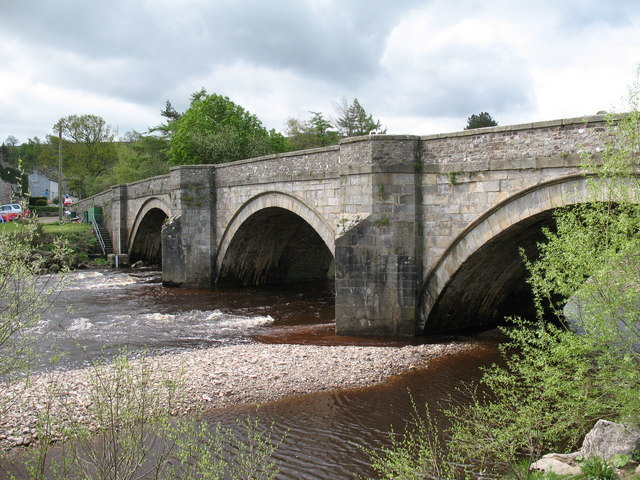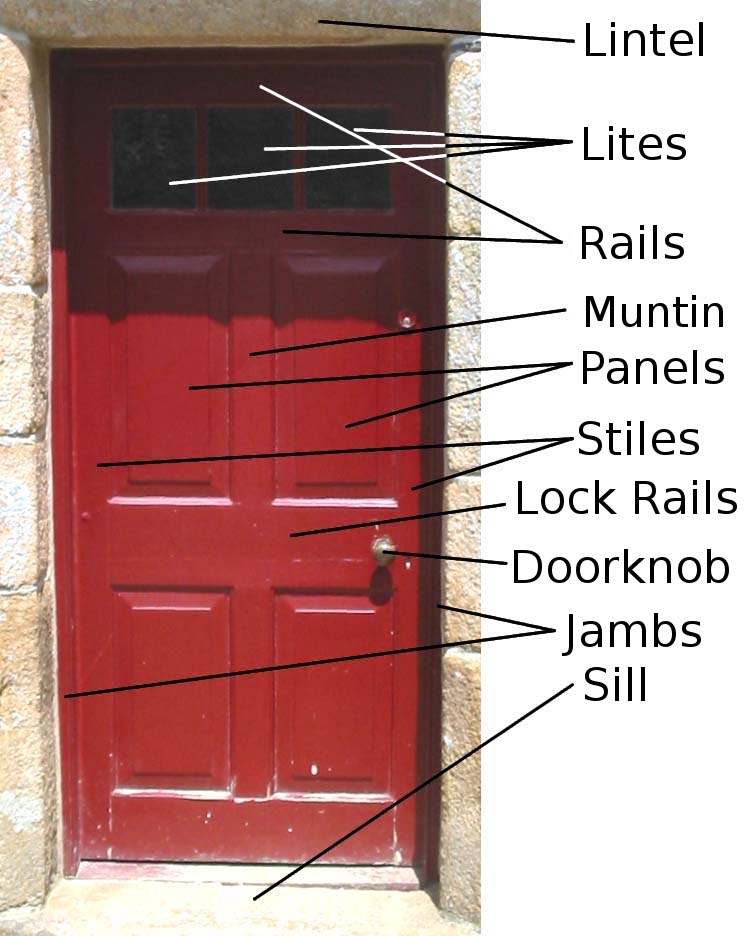|
Listed Buildings In Grinton
Grinton is a Civil parishes in England, civil parish in the former county of North Yorkshire, England. It contains 41 Listed building#England and Wales, listed buildings that are recorded in the National Heritage List for England. Of these, one is listed at Grade I, the highest of the three grades, four are at Grade II*, the middle grade, and the others are at Grade II, the lowest grade. The parish contains the villages of Grinton and Crackpot, North Yorkshire, Crackpot, and the surrounding countryside and moorland, extending along Swaledale. Most of the listed buildings are houses, cottages and associated structures, farmhouses and farm buildings. In the parish is the former Grinton Smelt Mill, which is listed, together with two associated structures. The other listed buildings include a church and items in the churchyard, bridges and a former shooting lodge. __NOTOC__ Key Buildings References Citations Sources * * * * * * * * * * * * * * * * * * ... [...More Info...] [...Related Items...] OR: [Wikipedia] [Google] [Baidu] |
Grinton
Grinton is a small village and civil parish in the Yorkshire Dales, North Yorkshire, England. Close to Reeth and Fremington, North Yorkshire, Fremington, it lies west of Richmond, North Yorkshire, Richmond on the B6270 road. On 5 July 2014, the Tour de France Stage 1 from Leeds to Harrogate passed through the village. The route would have been repeated, if not for the changing of the route due to high rainfall, in the Men's road race in the 2019 UCI Road World Championships, 2019 UCI World Championships going through the climb ''Grinton moor'', which lasted for at an average gradient of 7%. History The manor of Grinton existed prior to the Norman conquest of 1066. Under William the Conqueror, it passed to Alan Rufus, and then to the family of Walter de Cantilupe. The manor came under the ownership of Bridlington Priory until the dissolution of the monasteries when it came into the hands of the Swale family. Humphrey Wharton operated lead mining in the area in the 17th centu ... [...More Info...] [...Related Items...] OR: [Wikipedia] [Google] [Baidu] |
Embattled
A battlement, in defensive architecture, such as that of city walls or castles, comprises a parapet (a defensive low wall between chest-height and head-height), in which gaps or indentations, which are often rectangular, occur at intervals to allow for the launch of arrows or other projectiles from within the defences. These gaps are termed embrasures, also called crenels or crenelles, and a wall or building with them is described as ; alternative older terms are and . The act of adding crenels to a previously unbroken parapet is termed crenellation. The function of battlements in war is to protect the defenders by giving them part of the parapet to hide behind, from which they can quickly expose themselves to launch projectiles, then retreat behind the parapet. A defensive building might be designed and built with battlements, or a manor house might be fortified by adding battlements, where no parapet previously existed, or cutting crenellations into its existing parapet ... [...More Info...] [...Related Items...] OR: [Wikipedia] [Google] [Baidu] |
John Carr (architect)
John Carr (1723 – 22 February 1807) was an English architect. He is best known for Buxton Crescent in Derbyshire and Harewood House in West Yorkshire. Much of his work was in the Palladian style. In his day he was considered to be the leading architect in the north of England. Life He was born in 1723 in Horbury near Wakefield, West Riding of Yorkshire, the eldest of nine children and the son of a master stonemason, mason, under whom he trained. He started an independent career in 1748 and continued until shortly before his death. John Carr was Lord Mayor of York in 1770 and again in 1785. Towards the end of his life Carr purchased an estate at Askham Richard, near York, to which he retired. On 22 February 1807 he died at Askham Hall. He was buried in St Peter and St Leonard's Church, Horbury, which he had designed and paid for. Career Carr decided to remain in Yorkshire rather than move to London because he calculated that there was ample patronage and the wealth to sustain ... [...More Info...] [...Related Items...] OR: [Wikipedia] [Google] [Baidu] |
Grinton Bridge
Grinton Bridge is a historic bridge over the River Swale in Grinton, North Yorkshire, a village in England. There is a record of a bequest left in 1547, to fund the reconstruction of the bridge, and it is possible that the northern arch survives from this period. However, by 1631 the bridge was in poor repair, and in 1659 £40 was allocated for its repair, followed by a further £30 in 1675, with the remainder of the upstream side dating from this period. In 1797, John Carr widened the bridge to the downstream side, and added voussoirs and cutwaters on the upstream side. The parapets were replaced in the 19th century. The 2014 Tour de France crossed the bridge, but in July 2019 it was largely destroyed in a flood. It was rebuilt, and remains grade II listed. The bridge carries the B6270 road over the River Swale. It is built of stone and consists of three semicircular arches, the northernmost being more pointed on the upstream side. The bridge has triangular cutwaters rising to ... [...More Info...] [...Related Items...] OR: [Wikipedia] [Google] [Baidu] |
Pediment
Pediments are a form of gable in classical architecture, usually of a triangular shape. Pediments are placed above the horizontal structure of the cornice (an elaborated lintel), or entablature if supported by columns.Summerson, 130 In ancient architecture, a wide and low triangular pediment (the side angles 12.5° to 16°) typically formed the top element of the portico of a Greek temple, a style continued in Roman temples. But large pediments were rare on other types of building before Renaissance architecture. For symmetric designs, it provides a center point and is often used to add grandness to entrances. The cornice continues round the top of the pediment, as well as below it; the rising sides are often called the "raking cornice". The tympanum is the triangular area within the pediment, which is often decorated with a pedimental sculpture which may be freestanding or a relief sculpture. The tympanum may hold an inscription, or in modern times, a clock face. ... [...More Info...] [...Related Items...] OR: [Wikipedia] [Google] [Baidu] |
Hood Mould
In architecture, a hood mould, hood, label mould (from Latin , lip), drip mould or dripstone is an external moulded projection from a wall over an opening to throw off rainwater, historically often in form of a '' pediment''. This moulding can be terminated at the side by ornamentation called a ''label stop''. The hood mould was introduced into architecture in the Romanesque period, though they became much more common in the Gothic period. Later, with the increase in rectangular windows they became more prevalent in domestic architecture. Styles of hood moulding File:IMG 0817 - Perugia - Finestra - Foto G. Dall'Orto - 6 ago 2006 - 01.jpg, Circular hood moulding (in Perugia, Italy). File:StBeesSchoolMusicBlock.JPG, Rectangular hood mouldings on a rendered Victorian building (in Cumbria, England). File:Mercer House 2017.jpg, Every window of the Mercer House (in Savannah, Georgia, U.S.) is crowned with a cast-iron hood moulding. File:Magdalene College SCR Window.jpg, Tudor-style ... [...More Info...] [...Related Items...] OR: [Wikipedia] [Google] [Baidu] |
Mullion
A mullion is a vertical element that forms a division between units of a window or screen, or is used decoratively. It is also often used as a division between double doors. When dividing adjacent window units its primary purpose is a rigid support to the glazing of the window. Its secondary purpose is to provide structural support to an arch or lintel above the window opening. Horizontal elements separating the head of a door from a window above are called transoms. History Stone mullions were used in Armenian, Saxon and Islamic architecture prior to the 10th century. They became a common and fashionable architectural feature across Europe in Romanesque architecture, with paired windows divided by a mullion, set beneath a single arch. The same structural form was used for open arcades as well as windows, and is found in galleries and cloisters. In Gothic architecture, windows became larger and arrangements of multiple mullions and openings were used, both for structure and ... [...More Info...] [...Related Items...] OR: [Wikipedia] [Google] [Baidu] |
Four-centred Arch
A four-centred arch (Commonwealth spelling) or four-centered arch (American spelling) is a low, wide type of arch with a pointed apex. Its structure is achieved by drafting two arcs which rise steeply from each springing point on a small radius, and then turning into two arches with a wide radius and much lower springing point. It is a pointed sub-type of the general flattened depressed arch. This type of arch uses space efficiently and decoratively when used for doorways. It is also employed as a wall decoration in which arcade and window openings form part of the whole decorative surface. Two of the most notable types are known as the Persian arch, which is moderately "depressed" and found in Islamic architecture, and the Tudor arch, which is much flatter and found in English architecture. Another variant, the keel arch, has partially straight rather than curved sides and developed in Fatimid architecture. Use in Islamic architecture The four-centered arch is widely used ... [...More Info...] [...Related Items...] OR: [Wikipedia] [Google] [Baidu] |
Jamb
In architecture Architecture is the art and technique of designing and building, as distinguished from the skills associated with construction. It is both the process and the product of sketching, conceiving, planning, designing, and construction, constructi ..., a jamb (), is the side-post or lining of a doorway or other aperture. The jambs of a window outside the frame are called . Small shafts to doors and windows with caps and bases are called ; when in the inside arris of the jamb of a window, they are sometimes called . A doorjamb, door jamb, or sometimes doorpost is the vertical portion of the door frame onto which a door is secured. The jamb bears the weight of the door through its hinges, and most types of door latches and deadbolts extend into a recess in the doorjamb when engaged, making the accuracy of the plumb (i.e. true vertical) and strength of the doorjambs vitally important to the overall operational durability and security of the door. The word ... [...More Info...] [...Related Items...] OR: [Wikipedia] [Google] [Baidu] |
Chamfer
A chamfer ( ) is a transitional edge between two faces of an object. Sometimes defined as a form of bevel, it is often created at a 45° angle between two adjoining right-angled faces. Chamfers are frequently used in machining, carpentry, furniture, concrete formwork, mirrors, and to facilitate assembly of many mechanical engineering designs. Terminology In materials and manufacturing, a ''chamfer'' is used to "ease" otherwise sharp edges, both for safety and to prevent damage to the edges; it may also be a primarily decorative feature. In general terms it may be regarded as a type of ''bevel'', and the terms are often used interchangeably. However, in machining, only the term chamfer is used for the specific technique, practice, and result. In carpentry, a lark's tongue is a chamfer which ends short of the end of a piece in a gradual outward curve, leaving the remainder of the edge as a right angle. Chamfers may be formed in either inside or outside adjoining faces of an ... [...More Info...] [...Related Items...] OR: [Wikipedia] [Google] [Baidu] |
Coping (architecture)
Coping (from ''cope'', Latin ''capa'') is the capping or covering of a wall. A splayed or wedge coping is one that slopes in a single direction; a saddle coping slopes to either side of a central high point. Coping may be made of stone, brick, clay or terracotta, concrete or cast stone, tile, slate, wood, Thatching, thatch, or various metals, including aluminum, copper, stainless steel, steel, and zinc. Stone coping used in contemporary landscaping is sometimes referred to as a "wall cap" in the US, with the stones referred to as capstones. In the UK coping is distinct from capping in that the former has an overhang with a drip groove, whereas the latter is flush with the face of the wall below. In all cases it should have a weathered (slanted or curved) top surface to throw off the water. In Romanesque architecture, Romanesque work, copings appeared plain and flat, and projected over the wall with a throating to form a drip. In later work a steep slope was given to the weather ... [...More Info...] [...Related Items...] OR: [Wikipedia] [Google] [Baidu] |
Quoin (architecture)
Quoins ( or ) are masonry blocks at the corner of a wall. Some are structural, providing strength for a wall made with inferior stone or rubble, while others merely add aesthetic detail to a corner. According to one 19th-century encyclopedia, these imply strength, permanence, and expense, all reinforcing the onlooker's sense of a structure's presence. Stone quoins are used on stone or brick buildings. Brick quoins may appear on brick buildings, extending from the facing brickwork in such a way as to give the appearance of generally uniformly cut ashlar blocks of stone larger than the bricks. Where quoins are decorative and non-load-bearing a wider variety of materials is used, including timber, stucco, or other cement render. Techniques Ashlar blocks In a traditional, often decorative use, large rectangular ashlar stone blocks or replicas are laid horizontally at the corners. This results in an alternate, quoining pattern. Alternate cornerstones Courses of large and s ... [...More Info...] [...Related Items...] OR: [Wikipedia] [Google] [Baidu] |




